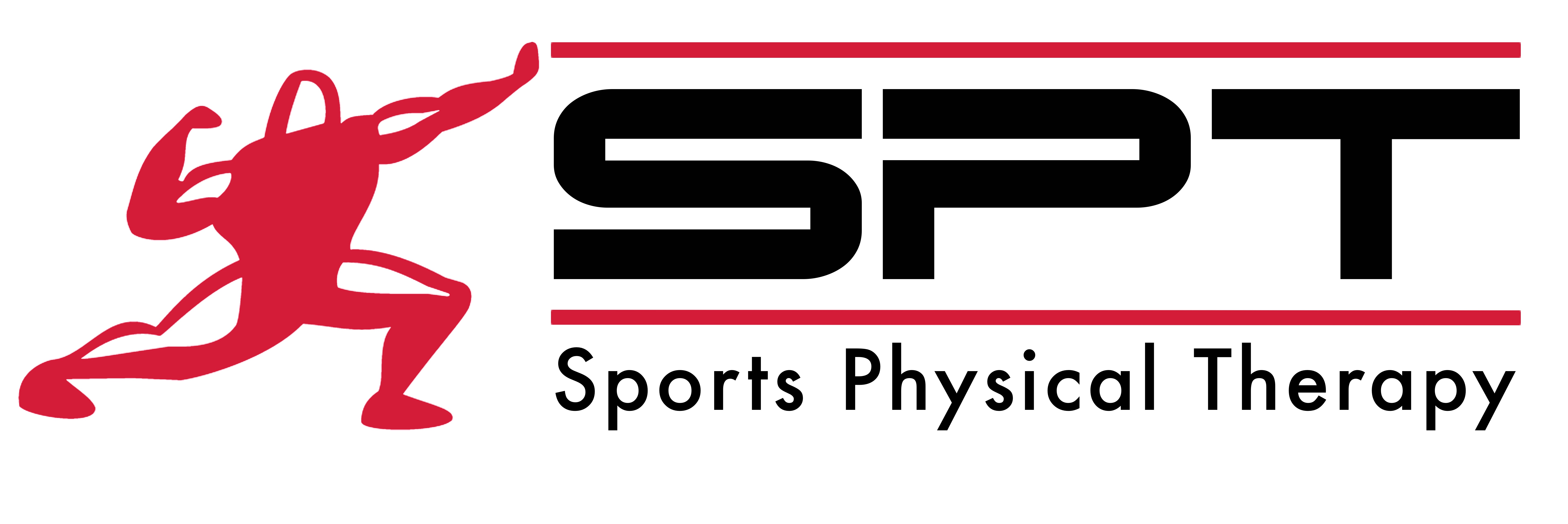When it comes to sports, fitness, and daily movement, performance isn’t just about pushing your limits—it’s about making sure your body is ready to meet the challenge. Whether you’re an athlete, weekend warrior, or someone committed to an active lifestyle, prevention should be a priority. The truth is, injuries don’t just happen in a single moment. They often develop over time due to poor movement patterns, muscle imbalances, or improper recovery.
In this blog, we’ll dive into why performance starts with prevention, how physical therapy plays a vital role, and what steps you can take to avoid injuries while improving strength, mobility, and endurance.
Why Prevention Matters for Long-Term Performance
Many people only seek help when they’re in pain, but waiting for an injury to occur can set you back for weeks, months, or even permanently. Instead of reacting to injuries, proactive care ensures your body is resilient enough to handle high-impact activities, repetitive movements, and the demands of your sport or fitness routine.
🔹 Reduces Risk of Injury – Strengthening muscles, improving flexibility, and correcting movement patterns help prevent common injuries before they happen.
🔹 Enhances Recovery – A well-conditioned body recovers faster, allowing you to maintain consistency in your training without setbacks.
🔹 Boosts Athletic Longevity – Athletes who prioritize injury prevention often enjoy longer, healthier careers with fewer breaks due to pain or injury.
🔹 Optimizes Performance – Proper movement mechanics lead to better speed, agility, and endurance, making you a stronger competitor.
Common Preventable Injuries That Impact Performance
While injuries are sometimes unavoidable, many of the most common sports-related issues can be prevented with the right training and physical therapy.
1️⃣ Knee Injuries – ACL tears, patellar tendinitis, and meniscus injuries are often caused by improper landing, muscle imbalances, or lack of flexibility.
2️⃣ Ankle Sprains – Weak ankle stability can lead to repetitive sprains, limiting mobility and reducing performance in running and jumping sports.
3️⃣ Shoulder Injuries – Rotator cuff strains and impingements are common in sports that require overhead movements, such as basketball, swimming, and weightlifting.
4️⃣ Lower Back Pain – Core weakness, improper lifting mechanics, and lack of mobility contribute to back pain, which can severely impact performance in any sport.
5️⃣ Shin Splints & Stress Fractures – Overuse injuries often occur when training volume increases too quickly without proper recovery or muscle conditioning.
The Role of Physical Therapy in Injury Prevention
Physical therapy isn’t just for rehabilitation—it’s one of the best ways to stay ahead of injuries and maintain peak performance. At Sports Physical Therapy, our approach focuses on assessing, strengthening, and optimizing movement patterns to keep your body resilient.
🔹 Comprehensive Movement Assessments – We analyze your body mechanics to identify weak points that could lead to injury.
🔹 Strength & Stability Training – A strong foundation in key muscle groups helps reduce stress on vulnerable joints and ligaments.
🔹 Flexibility & Mobility Work – Improving range of motion ensures smoother, more efficient movement, reducing strain on muscles.
🔹 Recovery & Regeneration Techniques – Methods like massage, stretching, and neuromuscular re-education enhance recovery and help prevent overuse injuries.
5 Essential Strategies to Prevent Injuries & Improve Performance
If you want to stay injury-free and perform at your best, implement these five key strategies into your routine:
1️⃣ Prioritize a Proper Warm-Up & Cool-Down
Jumping straight into high-intensity training without warming up puts excessive stress on muscles and joints. A dynamic warm-up prepares your body for movement, increases blood flow, and activates key muscle groups.
👉 Try this before training:
✅ Leg swings
✅ Hip openers
✅ Arm circles
✅ Light jogging
Cooling down after training is just as important—gentle stretching and foam rolling help prevent stiffness and aid in recovery.
2️⃣ Strengthen Weak Muscles to Support Joints
A balanced strength-training program is essential for performance. Weak muscles force surrounding joints and tendons to overcompensate, leading to injuries.
💪 Focus on these areas:
✅ Core stability for lower back support
✅ Glutes & hamstrings for knee protection
✅ Shoulder stabilizers for overhead movement sports
3️⃣ Improve Flexibility & Mobility
Tight muscles can restrict movement and increase injury risk. Mobility drills should be a regular part of your training to maintain proper range of motion.
🚀 Incorporate these into your routine:
✅ Yoga or dynamic stretching
✅ Foam rolling tight areas
✅ Hip and ankle mobility drills
4️⃣ Listen to Your Body & Rest When Needed
Overtraining is one of the fastest ways to burn out and break down. Rest days are not a sign of weakness—they allow your muscles to recover, adapt, and grow stronger.
🔹 Signs you need a break:
❌ Persistent soreness or pain
❌ Decreased performance despite consistent training
❌ Feeling fatigued or sluggish
5️⃣ Get a PT Assessment Before an Injury Happens
Many people wait until they’re in pain to seek help, but seeing a physical therapist before an injury can prevent long-term damage. A PT can identify small movement issues that could lead to major problems if left unchecked.
At Sports Physical Therapy, we offer expert assessments to:
✅ Identify imbalances
✅ Create a customized strength & mobility plan
✅ Help you stay injury-free & maximize performance
Stay Strong, Stay Ready, Stay Injury-Free
Your performance depends on your ability to stay healthy and injury-free. Prevention isn’t about avoiding hard work—it’s about training smarter, recovering better, and making sure your body is ready to meet every challenge.
📞 Book a PT Assessment Today – (425) 628-2031
🌐 Visit Our Website – sportsptcenters.com
Whether you’re an athlete or just trying to maintain an active lifestyle, performance starts with prevention! Take the right steps now, so you can stay strong, move better, and keep doing what you love for years to come.

